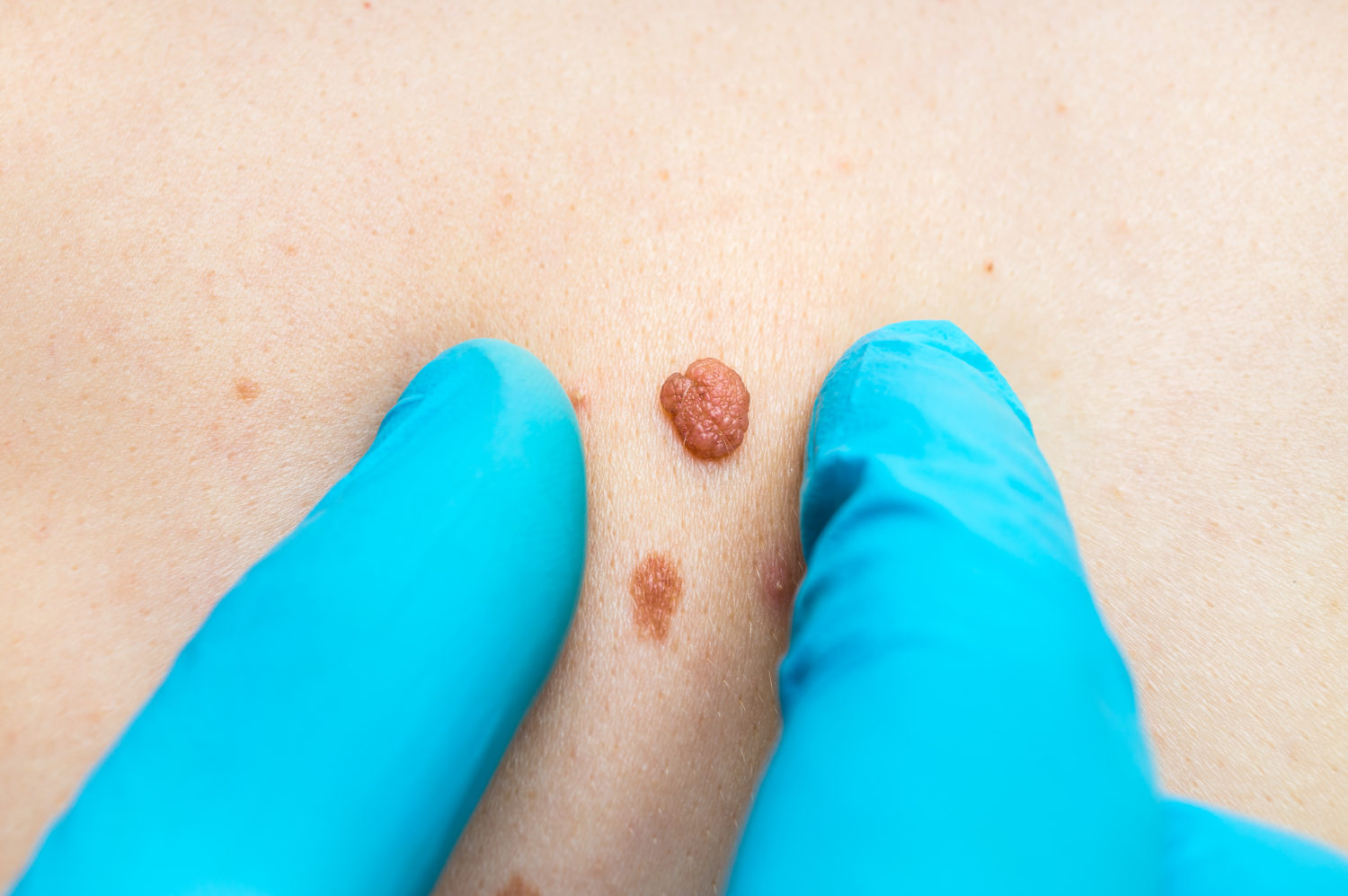
What Are Skin Tags?
Skin tags are those small, soft, flesh-colored bits of skin that seem to show up out of nowhere. You’ll usually find them in spots where skin rubs against skin or clothing, like your neck, armpits, groin, under the breasts, or even on your eyelids. The medical name for them is acrochordons. They’re incredibly common and can appear on anyone, regardless of age or gender.

Most are very small—around the size of a pinhead—but a few are up to the size of a grape. They tend to dangle off the skin on a short stalk, so they are quite easy to see. Although they may appear strange or be in the way, the good news is that they are normally harmless and not malignant.

Why Do People Want to Remove Skin Tags?
For most, skin tags are less of a medical issue than an annoyance. They are prone to getting caught on jewelry, clothing, or razors and irritated or bleeding. If they’re visible—such as on the neck or face—they can be embarrassing.

Bigger skin tags are more likely to get rubbed or twisted and cause discomfort or pain. They are also irritating to some individuals when shaving or squeezing into tight pants, so taking them away seems like an easy means of enhancing comfort and confidence.

The Dangers of Home Skin Tag Removal
It’s tempting to eliminate a skin tag at home, particularly with all the do-it-yourself advice and over-the-counter medications you can find online or in drugstores. But dermatologists implore you not to. Applying items such as apple cider vinegar or tea tree oil may seem natural, but they will burn and irritate your skin, and may even lead to ulcers. Snipping off a skin tag with nail clippers or scissors may be speedy, but it can cause redness, infection, and scarring.

And there’s the possibility of getting it wrong. What appears to be a benign skin tag in your mind can be otherwise, perhaps a mole or, in the unlikely event, a form of skin cancer. Dr. Deborah Sarnoff of The Skin Cancer Foundation notes that if you don’t know what it is you’re removing, you could be taking a risk. Also, even if you do successfully remove an actual skin tag, it may not peel off smoothly, and you could be left with a nasty scar or residual tissue that irritates again down the line.

When to See a Doctor
Skin tags are usually nothing to be concerned about, except when a growth is new, different from others, or has changed size or color. In these instances, it’s a good idea to have it looked at. Additionally, go see your doctor if a skin tag becomes painful, bleeds, or twists. And if you’ve got a tag close to your eyes or eyelids, get it examined by a professional such as a dermatologist or eye doctor for sure. That is sensitive skin, and it’s not worth taking a chance.

Safe and Effective Professional Removal Procedures
Physicians have several proven, low-risk methods for removing skin tags—most commonly performed in the office and often within a few minutes:
- Excision: The physician anesthetizes the area and clips off the tag with sterile scissors or a scalpel. Quick, clean, and done.
- Cryotherapy: Freezing off the tag with liquid nitrogen. The tag usually detaches within a week or two. It may sting a little bit, and sometimes it takes multiple treatments.
- Cauterization: The tag is cauterized with a hot instrument. It might require two sessions, depending on the size.
- Electrodesiccation: A small needle provides a minute electric current that shrivels up the tag, and it falls off.
If the tag appears on your eyelid, it can be removed too, but it requires a gentle touch due to the delicate location.

What to Expect After Removal
After the removal of a skin tag, you might have a little scab or, in the case of big tags, a couple of stitches. Healing is swift, with only slight soreness that wears off quickly. Redness and swelling are to be expected, but usually clear up within days or up to a couple of weeks. In the unlikely event that a tag returns, it is more likely to do so if you are someone who tends to develop them.

Since removing a skin tag is usually considered a cosmetic procedure, insurance often won’t cover it. Still, many people find the results worth it for comfort and peace of mind. And if you’re ever unsure whether a growth is truly a skin tag, the safest move is to get it checked out by a healthcare provider before trying to remove it.
